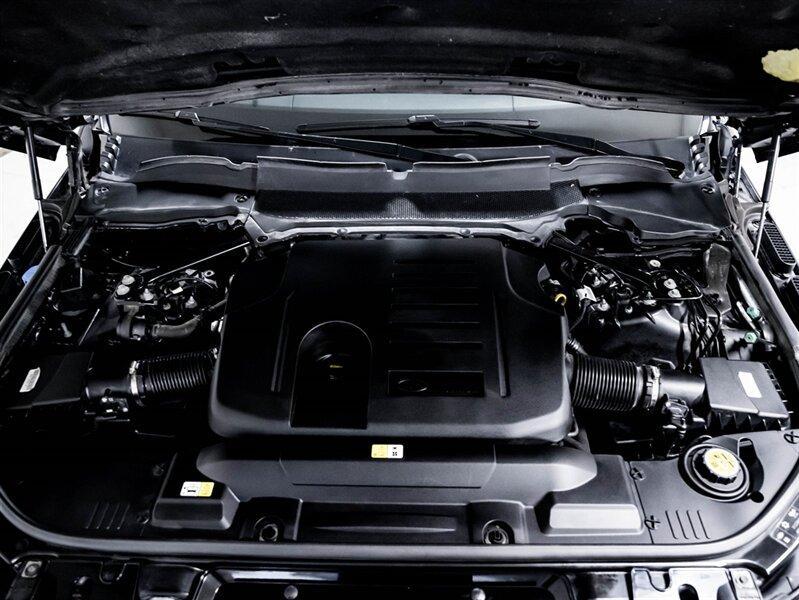The Most Common Questions About: Land Rover and Range Rover TDV6 and SDV6 are both diesel engine variants used in Land Rover and Jaguar vehicles, particularly in models like the Range Rover, Discovery, and Jaguar F-Pace. They share the same fundamental engine architecture but differ in terms of performance, tuning, and technology. Here are the key differences:
1. Engine Performance and Power Output:
- TDV6 (Turbocharged Diesel V6): This is an earlier version of Land Rover's 3.0-liter V6 turbo-diesel engine. It typically produces around 245–258 hp (depending on the model and market).
- SDV6 (Sequential Turbo Diesel V6): The SDV6 is a more advanced version of the TDV6, utilizing two turbochargers (sequential turbocharging), which improves performance. It produces 300–320 hp, depending on the vehicle and configuration. The extra power gives the SDV6 better acceleration and higher torque, improving towing and off-road capability.
2. Turbocharging System:
- TDV6: Uses a single turbocharger to force air into the engine.
- SDV6: Uses a sequential twin-turbocharging system. This means the engine has two turbochargers that operate in a sequence to provide better throttle response and performance across a wider range of engine speeds. At low RPM, the smaller turbocharger kicks in for quick response, while at higher RPM, the larger turbocharger helps sustain performance.
3. Fuel Efficiency:
- Both engines are relatively efficient for their size and power, but the SDV6, with its more refined turbocharging system, tends to offer slightly better fuel efficiency and lower emissions, particularly under load or in demanding driving conditions. The improved power delivery of the SDV6 also allows for more efficient use of power.
4. Emissions and Technology:
- The SDV6 often features improved emission control systems (e.g., better particulate filters and other modern technologies) compared to the TDV6, which helps it comply with stricter emissions standards.
5. Torque and Towing Capacity:
- The SDV6 typically has more torque than the TDV6, which translates into better towing capacity and more low-end grunt. The SDV6 can deliver around 600 Nm of torque (depending on the model), while the TDV6 offers slightly less torque, typically around 500–600 Nm.
6. Vehicle Applications:
- TDV6: Was used in earlier versions of vehicles like the Range Rover Sport, Discovery 4, and Jaguar XF (early 2010s).
- SDV6: Used in later versions of the Range Rover Sport, Discovery, and newer Jaguar models like the F-Pace and XF. The SDV6 is typically found in more recent or performance-oriented variants of these vehicles.
7. Refinement and Driving Experience:
- The SDV6 is generally regarded as being more refined, with smoother power delivery and better performance at both high and low revs. This is due to the improved turbocharging system and newer engine tuning, which enhances overall driving dynamics, particularly in larger, heavier vehicles.
Summary:
- TDV6: Older, single-turbo, less powerful (245–258 hp), more basic performance and efficiency.
- SDV6: Newer, sequential twin-turbo, more powerful (300–320 hp), better towing capacity, improved fuel efficiency, and emissions control.
If you're looking for more power, better driving dynamics, and overall refinement, the SDV6 would be the better option. However, the TDV6 is still a capable engine, especially in older models or for those looking for a more economical option.





Comments